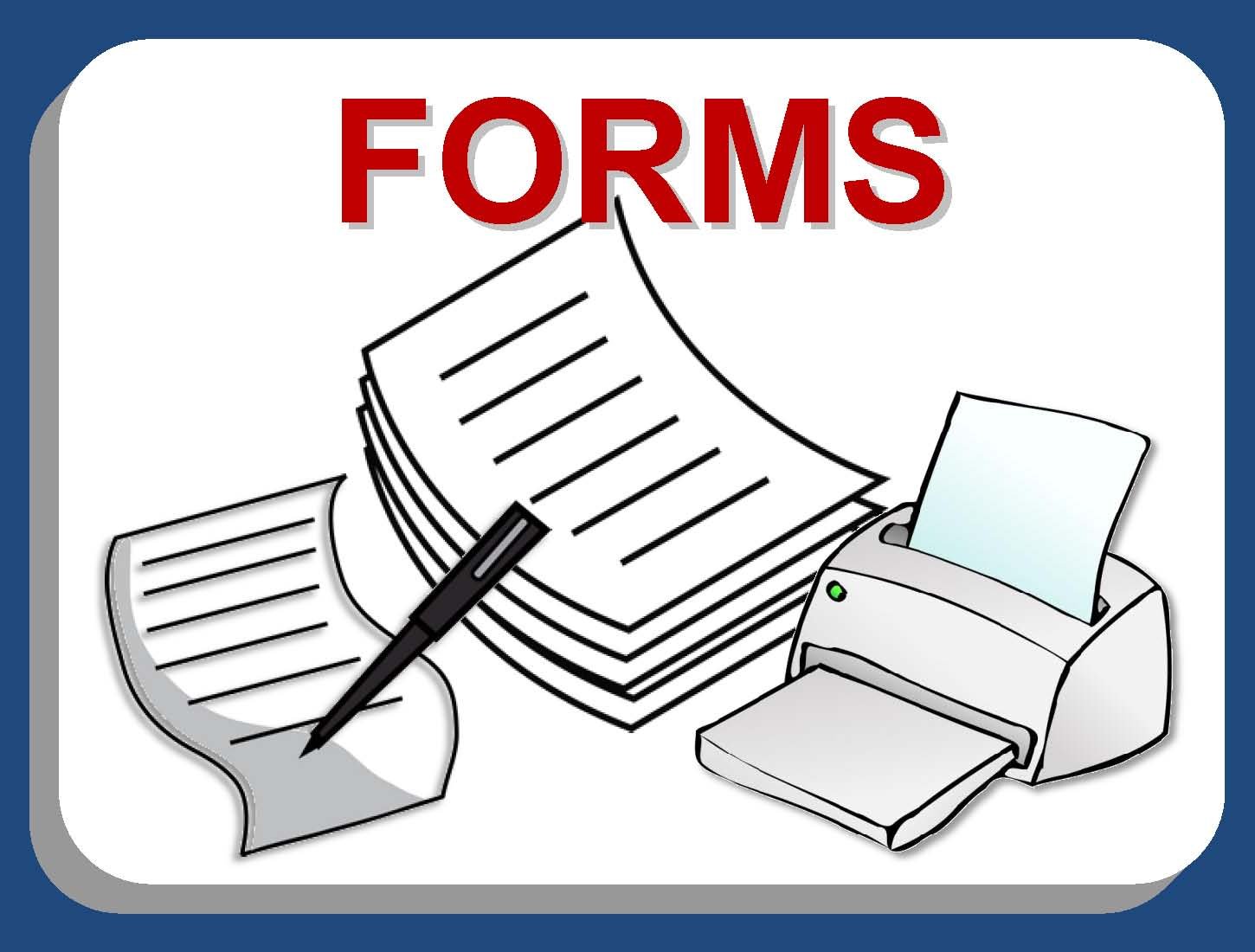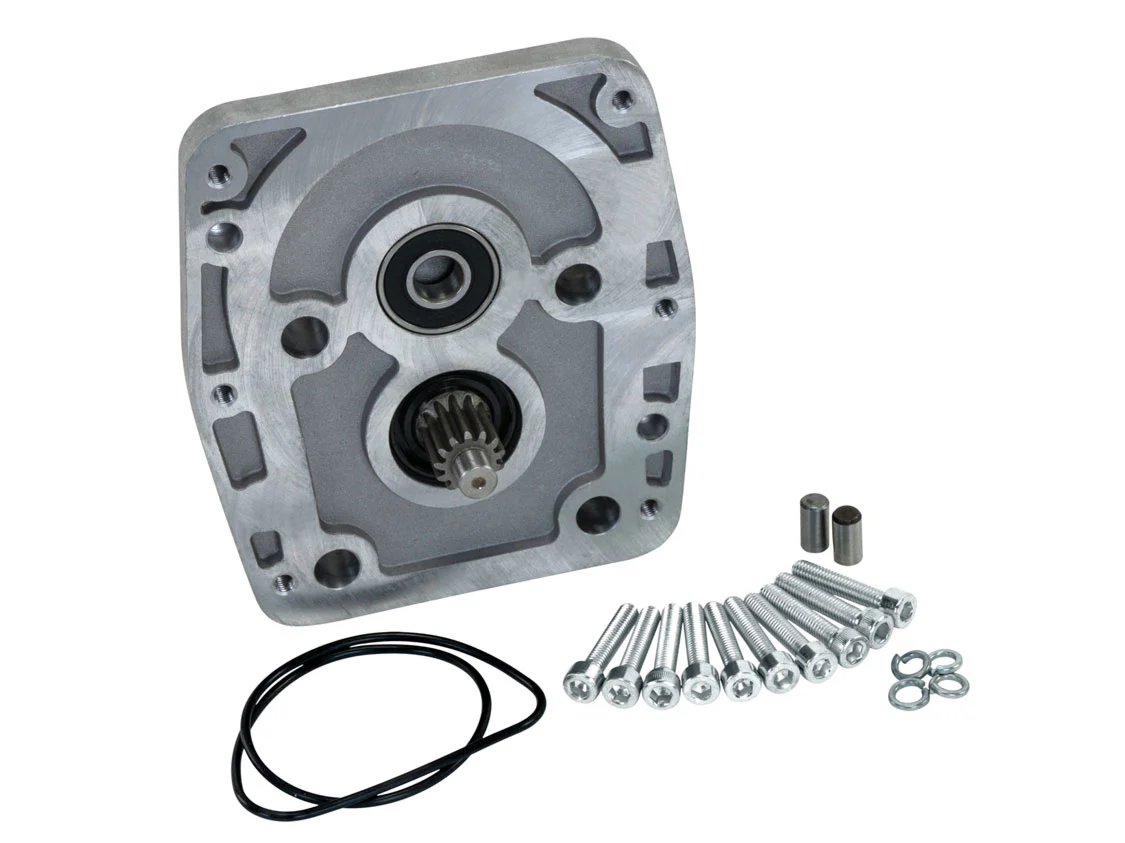Google Forms has become an essential tool for businesses, educators, event planners, and individuals, providing a powerful, free way to collect and manage data. Whether you’re conducting surveys, managing event registrations, or organizing quizzes, Google Forms offers an easy-to-use platform with many customization options. This article explores how Google Forms works, its key features, and how you can harness it effectively for various use cases. https //docs.google.com/forms/__pii_deleted__
What is Google Forms?
Google Forms is a cloud-based form builder that enables users to create surveys, quizzes, feedback forms, registration pages, and much more. Since it is integrated with Google Workspace, responses are automatically collected and stored in Google Sheets for seamless data analysis. This tool offers accessibility on both desktop and mobile platforms, making it a go-to solution for personal, academic, and professional use.
Key Features of Google Forms
- User-Friendly Interface
Google Forms has a straightforward interface that allows anyone to create a form in minutes. The drag-and-drop functionality ensures that adding questions, sections, or images is smooth and intuitive. - Customizable Question Types
You can choose from multiple question formats, including:- Multiple Choice
- Dropdown Menus
- Short Answer or Paragraph
- Checkboxes
- Linear Scales
- Date and Time Fields
- Built-In Themes and Layouts
Google Forms offers a variety of color themes and fonts to customize your form. Users can also add their own branding elements, like a logo or banner image. - Real-Time Data Collection and Integration with Google Sheets
All responses from your form are gathered in real time, and the data can be automatically transferred to Google Sheets. This makes it easy to analyze responses and generate reports. - Conditional Logic and Branching
With the branching logic feature, you can guide users to different sections of a form based on their answers, ensuring a more tailored experience. - Collaboration Capabilities
As with other Google Workspace tools, Google Forms supports real-time collaboration. You can share a form with team members and work together on creating, editing, or reviewing it. - Response Limitations and Notifications
Forms can be set to accept responses only within a specified period or limit the number of entries. Users can also enable email notifications for new submissions to stay updated in real-time. - Quiz Mode
Google Forms offers a quiz feature, where you can assign point values to questions and provide automatic feedback. This is particularly useful in education, where teachers can create self-grading quizzes.
How to Create a Google Form (Step-by-Step Guide)
- Access Google Forms
To create a new form, visit Google Forms. You’ll need to log in with a Google account. - Choose a Template or Start from Scratch
Select from various templates (like feedback forms, event registrations, or quizzes) or click “Blank” to start fresh. - Add Questions
Click the “+” button to add new questions. Use the side panel to switch between different question types based on your needs. - Apply Logic and Sections
If necessary, add sections to your form. Use the “three-dot menu” to apply conditional logic, directing users based on their responses. - Customize Appearance
Use the “Palette” icon to change the theme, color, or background image. - Adjust Settings
Navigate to the settings panel to:- Enable response limits or quiz mode.
- Allow users to edit responses after submission.
- Collect email addresses automatically if needed.
- Share and Publish
Once the form is ready, click “Send” to distribute the link via email, social media, or a website. You can also embed the form directly onto a webpage.
Popular Use Cases for Google Forms
- Surveys and Market Research
Google Forms is widely used to gather consumer opinions, feedback, and market data. It helps businesses make informed decisions by collecting demographic data, product preferences, and user insights. - Event Registrations
Whether it’s for webinars, conferences, or personal events, Google Forms simplifies the registration process. Attendees can sign up with ease, and organizers can track attendance efficiently. - Quizzes and Assessments
In educational settings, teachers use Google Forms to create quizzes and exams. The quiz mode automatically grades answers, making it ideal for self-assessments and quick evaluations. - Customer Feedback
Businesses collect post-purchase feedback using forms to improve products and services. The simplicity of Google Forms ensures customers can provide feedback without hassle. - Job Applications and Recruitment
Organizations use Google Forms to streamline job applications. Custom forms allow applicants to submit resumes, portfolios, and answer pre-screening questions. - Order Forms and Payments
Google Forms, when combined with payment gateways, can function as order forms for small businesses. Sellers can gather order details and manually process payments through linked systems. - Student and Parent Feedback
Schools use forms to collect feedback from students and parents, ensuring open communication. They also serve to gather consent forms for field trips or extracurricular activities.
Tips for Making the Most of Google Forms
- Enable Email Notifications
Stay on top of new responses by activating email alerts. - Use Validation Rules
Ensure accurate responses by setting validation rules (e.g., only numeric answers for phone numbers). - Embed Forms on Websites
Embedding a form on your site increases its accessibility for users. Simply copy the provided HTML code and paste it into your webpage. - Analyze Data in Google Sheets
Export your form responses to Google Sheets for in-depth data analysis. Use charts, filters, and pivot tables to make sense of your data. - Limit Responses for Time-Sensitive Forms
If you need to collect data within a specific period, enable response limits or set deadlines.
Advantages of Using Google Forms
- Free and Easy to Use
Google Forms offers a wide array of features at no cost, making it accessible for anyone with a Google account. - Cross-Platform Compatibility
Forms are responsive and work smoothly on smartphones, tablets, and desktops. - Integration with Google Ecosystem
The seamless connection with Google Sheets, Gmail, and Google Drive enhances productivity and ensures all data stays organized. - Real-Time Collaboration
Multiple users can work on the same form simultaneously, which is perfect for teamwork and brainstorming sessions. - No Technical Expertise Required
You don’t need advanced skills to design or manage a Google Form, making it suitable for individuals without technical backgrounds.
Limitations of Google Forms
While Google Forms is highly functional, it has some limitations:
- Lack of Advanced Design Features: Customization options are somewhat limited compared to premium form builders like Typeform or JotForm.
- No Native Payment Integration: Google Forms doesn’t support direct payment collection, so you’ll need third-party solutions for this.
- Limited Reporting Features: While data can be exported to Sheets, the in-form analytics are minimal.
Conclusion
Google Forms is a versatile tool that simplifies data collection across various sectors, including education, business, and events. Its ease of use, combined with powerful customization and real-time collaboration features, makes it an excellent option for anyone looking to gather information efficiently. With a little creativity and knowledge of its features, Google Forms can be tailored to fit almost any scenario, helping you save time and streamline your workflow.
So, whether you need to conduct surveys, organize registrations, or create assessments, Google Forms offers a simple yet effective way to achieve your goals. Give it a try today and discover how it can transform your data collection process!



